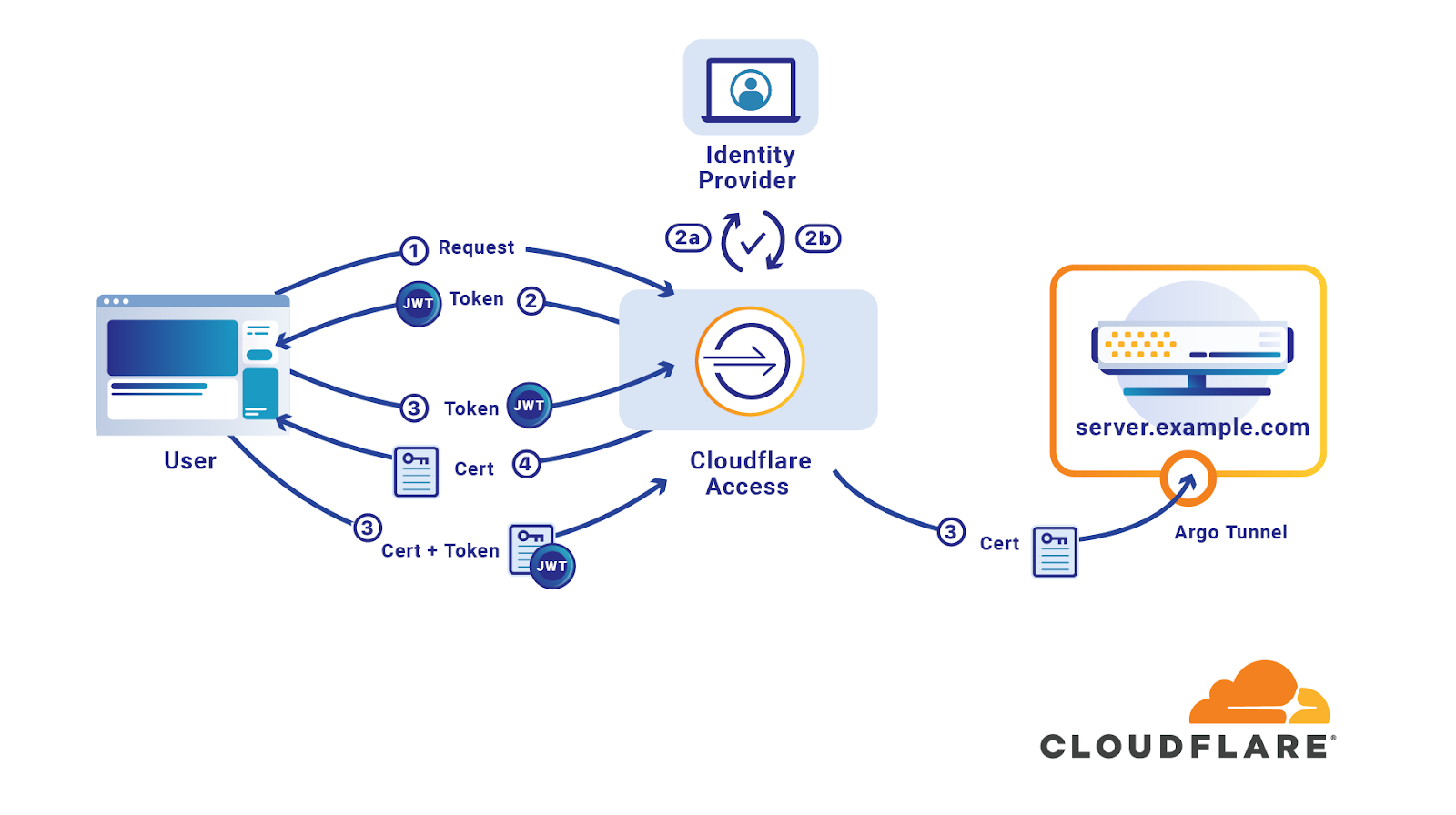
If someone has knows your password, your security goes out of the window. It’s actually pretty similar in theory to using your password. RSA is pretty secure and uses a 2048 bit-length by default. This private key ONLY matches with that ONE public key, and the connection needs to be started from the computer that has the private key. The private key that’s generated is stored on the computer you’re using, and it is never transferred, not even to be verified. RELATED: What Is a PEM File and How Do You Use It? Security Considerations This means that if you wanted to add another public key for your account on this server, you would copy the contents of the second id_rsa.pub file into a new line on the existing authorized_keys2 file. If you created a passphrase for your SSH key, you will be prompted for it.Subsequent public keys can be appended to this file, much like the ~/.ssh/known_hosts file. Start an SSH session to the remote computer. Keep this USB stick safe as it can be used by anyone to gain access to your server.Ĥ. ssh folder and copy the private key file to a USB stick. Reusing a Command Prompt / Terminal Private Keyġ. Follow from Step 7 of Copying the Public Key to the Remote Server to login.
#COPY KEY SSH WINDOWS#
For windows this would be C:\Users\username\.ssh and Linux /home/user/.ssh.Ĥ. Insert the USB stick into another computer.ģ. Keep this USB stick safe as it can be used by anyone to gain access to your server.Ģ. ssh folder and copy the PPK file to a USB stick. PuTTY stores the private key as a PPK key and this file is all we need for a machine to connect to a remote server using our public key.ġ. That said, it is relatively easy to reuse a private key across multiple devices. Appending the public key to the authrozied_keys file on the server. Best practice would be to generate a new key pair for each device that wishes to connect. Losing a laptop with the key means that you will need to regenerate your keys. Reusing your private SSH key is possible, but it isn’t the best security practice. If you created a passphrase for your SSH key, you will be prompted for it. Reconnect via SSH to the remote computer. Close the SSH connection by pressing CTRL + D or by typing exit.Ħ. Using the cat command we send the contents to the file, authorized_keys using a pipe that appends the data to the file (>). Copy the contents of the file into a new file in the. ssh Verify that the id_rsa.pub file is present in your home directory. In our example we copied the file to scp id_rsa.pub SSH into the remote computer. You will need to know the IP address or hostname of the remote computer. In a Command Prompt use the scp command to securely copy the id_rsa.pub to your home directory on the remote server. In order to get the public key to our server we need to securely copy (scp) the file across.ġ. The public key is stored on our remote server, and it interacts with the private key on our trusted machine to form a secure connection. Windows CommandĬopying the Public Key to the Remote Server Under Linux it would be /home/les/.ssh cd. Here we assume that you are in your named account. Change directory to the location of your SSH keys.

A passphrase is not needed if the SSH connection will be used in an automated script.ĥ. A passphrase is an additional security step for SSH keys that will be used by real users (interactively). When prompted, give your key a passphrase as an extra level of security. ssh in your home directory \home\user\.sshĤ. For example our keys were saved to C:\Users\lespo\.ssh. This will save the private and public key to the. When prompted to name your key, press Enter.


 0 kommentar(er)
0 kommentar(er)
